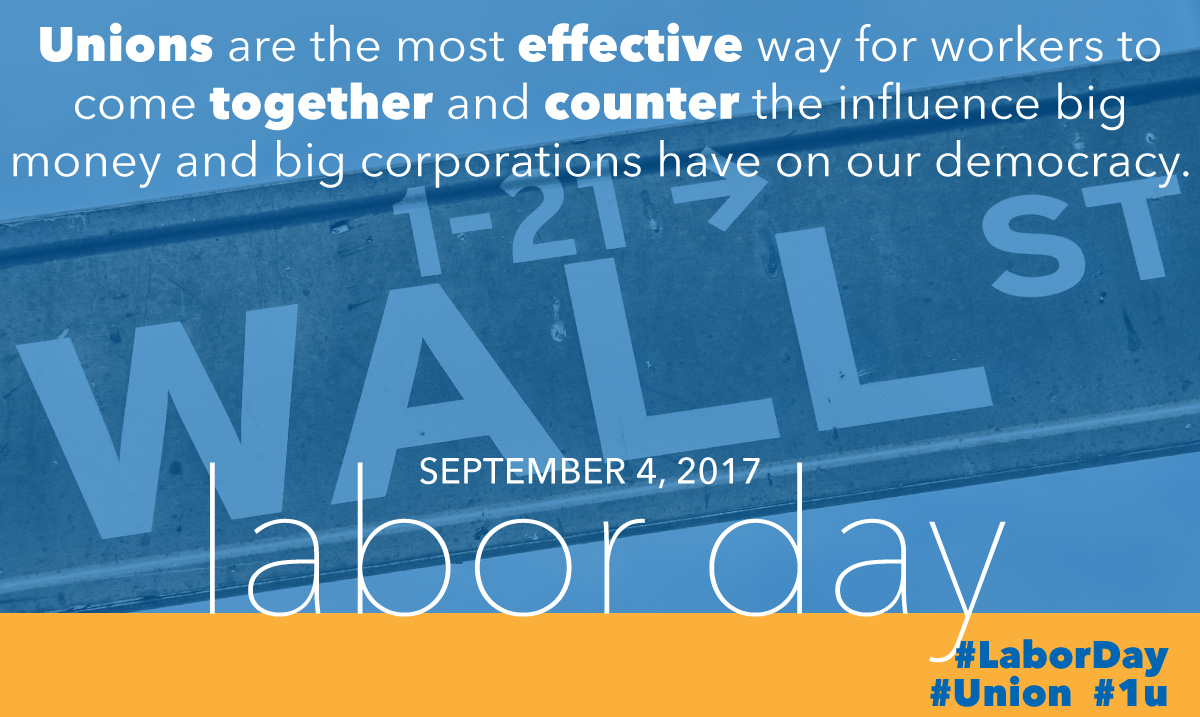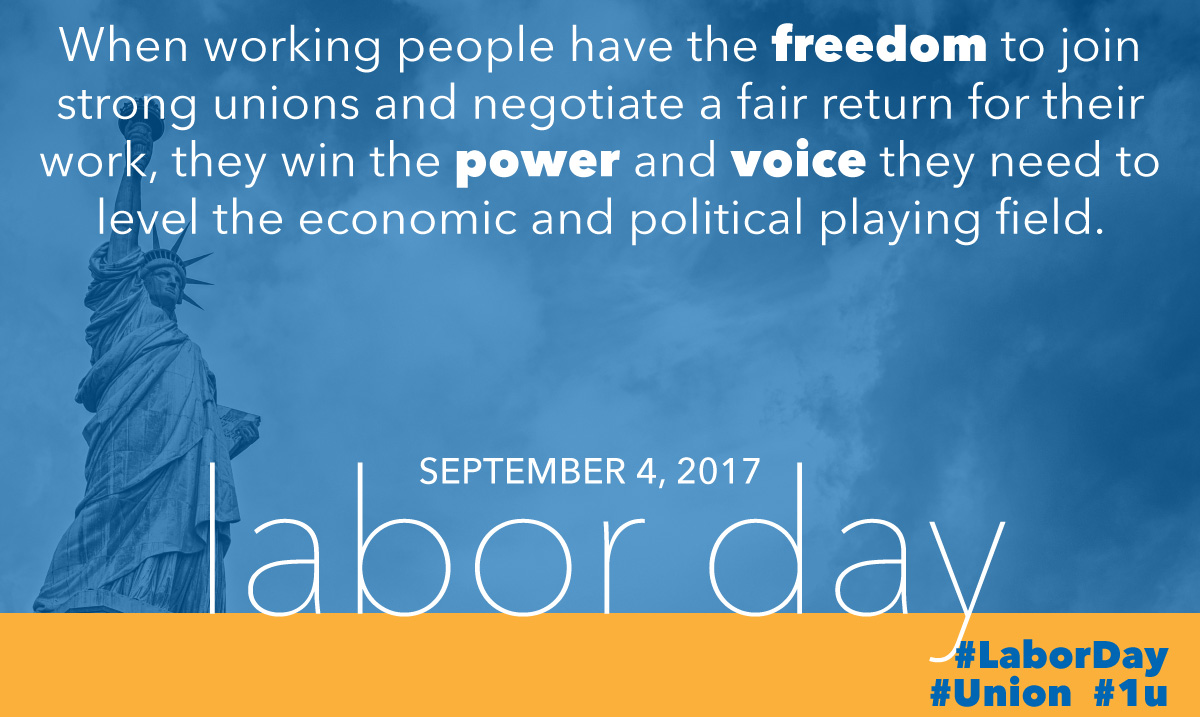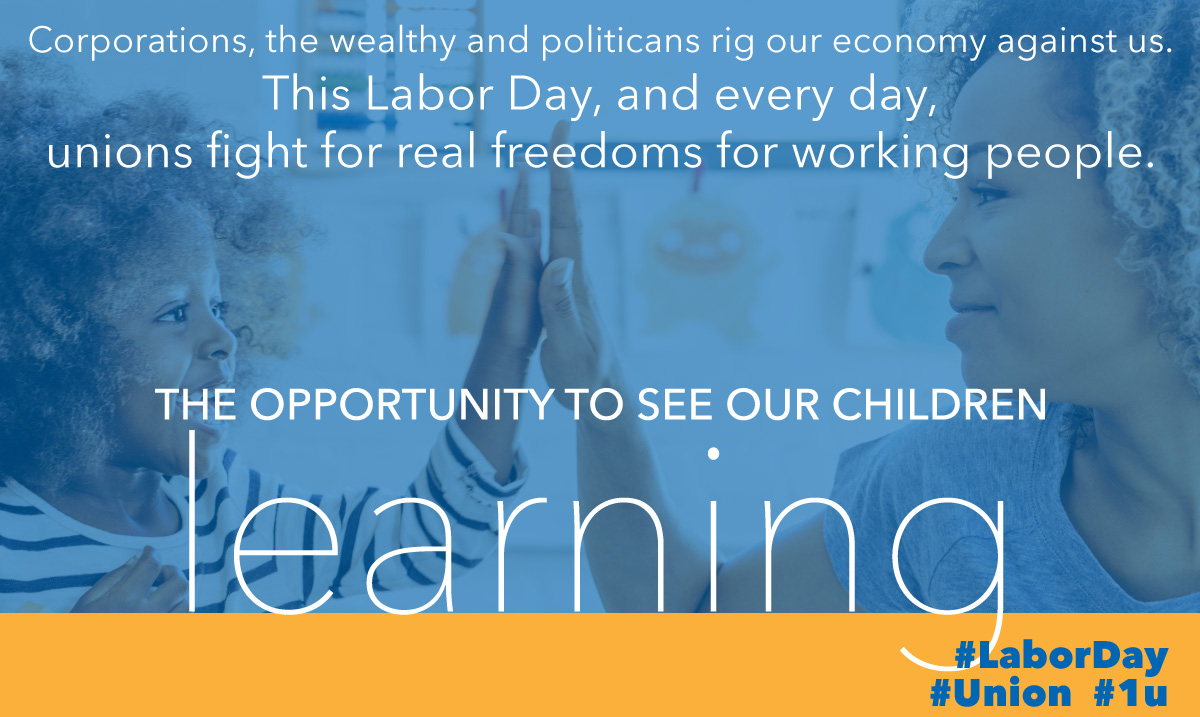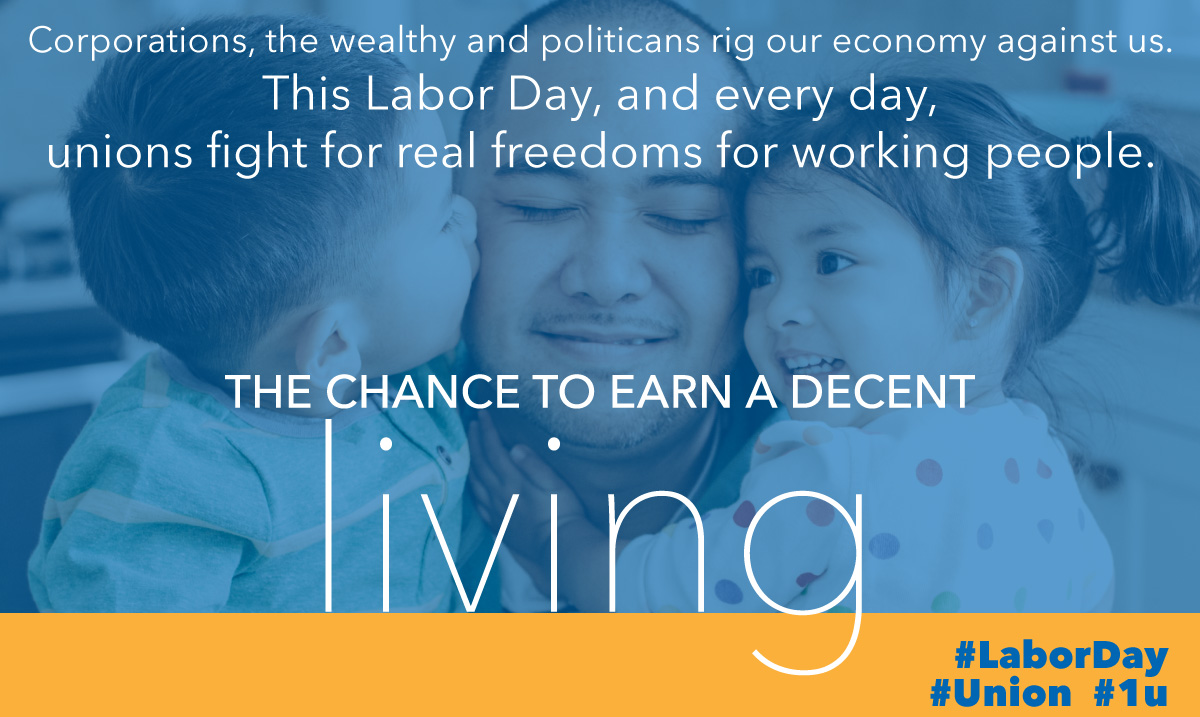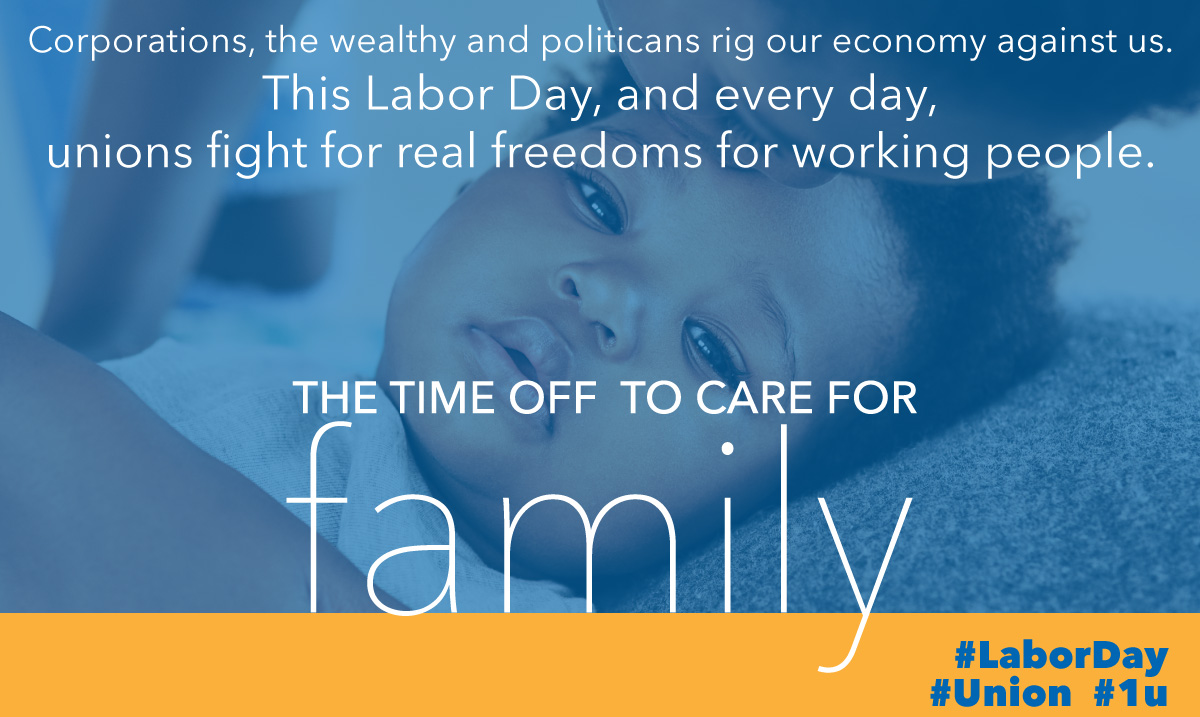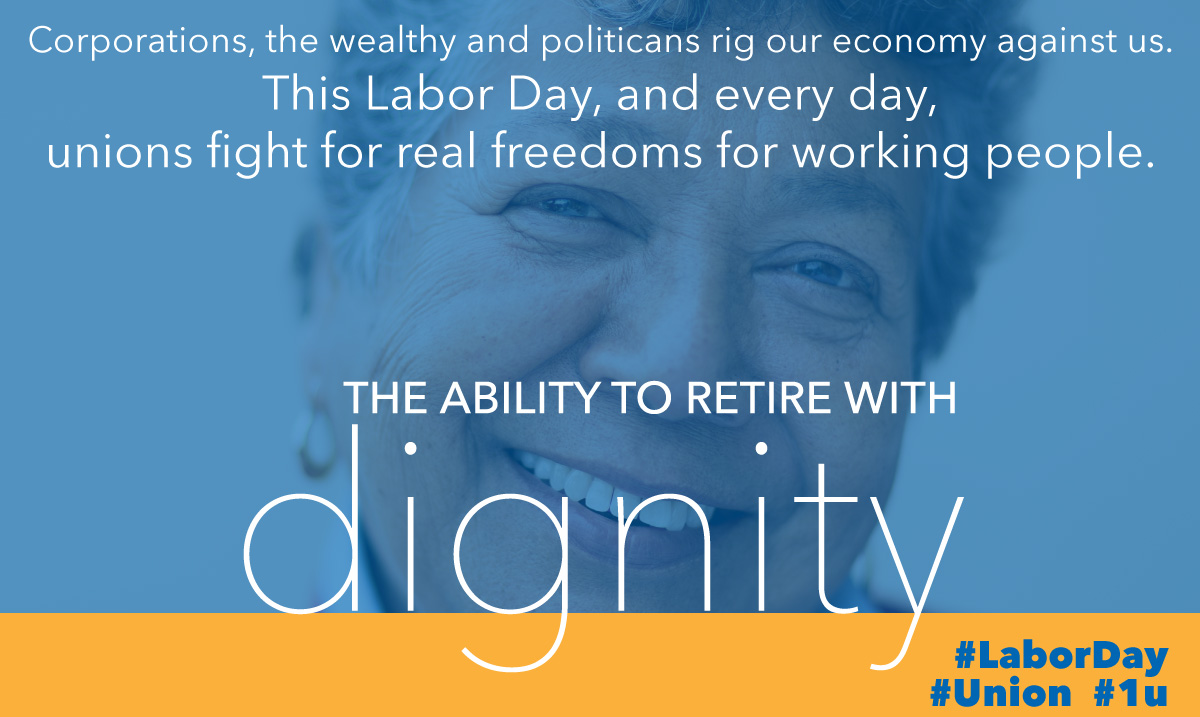 At the turn of the 20th century, educators could lose their jobs for getting married or getting pregnant. A hundred years later, they risked losing their jobs for not adhering to strict classroom set-up or bulletin board design rules. Who protected them? Their unions. Unions - the same people who brought us weekends and paid vacations – are just as important today as they ever were.
At the turn of the 20th century, educators could lose their jobs for getting married or getting pregnant. A hundred years later, they risked losing their jobs for not adhering to strict classroom set-up or bulletin board design rules. Who protected them? Their unions. Unions - the same people who brought us weekends and paid vacations – are just as important today as they ever were.
On this Labor Day, here are just a few of the reasons why educators are grateful for our unions:
- Unions give us a voice. Do we want our classrooms and schools led by professional politicians and CEOs - or professional educators? When we feel unheard, or even powerless, our unions give us a seat at the table.
- Unions defends democracy by defending public schools. When political forces work to dismantle and privatize public education, our union is a powerful defender of the core mission of public education: to provide students – all students, from all walks of life - with the skills to be involved, informed, and engaged in our representative democracy.
- Unions create better learning conditions. Through collective bargaining or simply speaking through a unified voice, our union advocates for and wins better learning conditions for students, like lower class sizes, more resources for learning materials and technology, and more enrichment programs like the arts.
- Unions fight to protect our First Amendment rights. Without them, we couldn’t advocate for children and schools without facing retaliation. Unions have long fought to prevent political repercussions against members who speak out or disagree with school boards or administrators.
- Unions help us hone our craft and serve students better through professional development opportunities.
- Unions attract the great educators students deserve. We know education is a calling and we have a passion for our career, but no matter how much we love it, a low-paid job with little security is untenable. Our union fights for higher salaries, more benefits and more job security conditions great educators expect and deserve. And our students deserve great teachers.
- Unions defends collective action to benefit everyone. When working people have the freedom to come together in strong unions, we have the power in numbers we need to negotiate a fair return on our work. We lift up our families, support students, make improvements on the job, and win the services our communities need to be safe and to prosper. And we use our collective voice to advocate for policies that benefit all working people – like increases to the minimum wage, affordable health care, and great public schools.
Unions - Just the Facts:
• Union jobs have historically been and continue to be a path to the middle class for communities of color, who often face low wages in their professions. Black union members today earn 14.7% more and Latino union workers 21.8% more than their non-union counterparts. In some sectors the difference is even greater. (Source: Economic Policy Institute)
• Black women in unions earn an average of $21.90 an hour while non-union women earn $17.04. In addition, more than 72% of women in unions have health insurance, while less than 50% of non-union black women do. (Source: Institute for Policy Studies)
• When Latinos are members of a union, their median weekly income increases by more than 38% and, in some cases, are 41% more likely to have employer-provided health insurance. (Source: LCLAA)
• Because unions allow all workers to join together to negotiate with their employers for fair wages and dramatically lower than in non-union workplaces – about 9 cents and shrinking. Meanwhile, most non-union women still earn 78 cents for every dollar a man makes. (Source: ThinkProgress)
Share these social media graphics and support the freedom of working people to come together and join strong unions.

